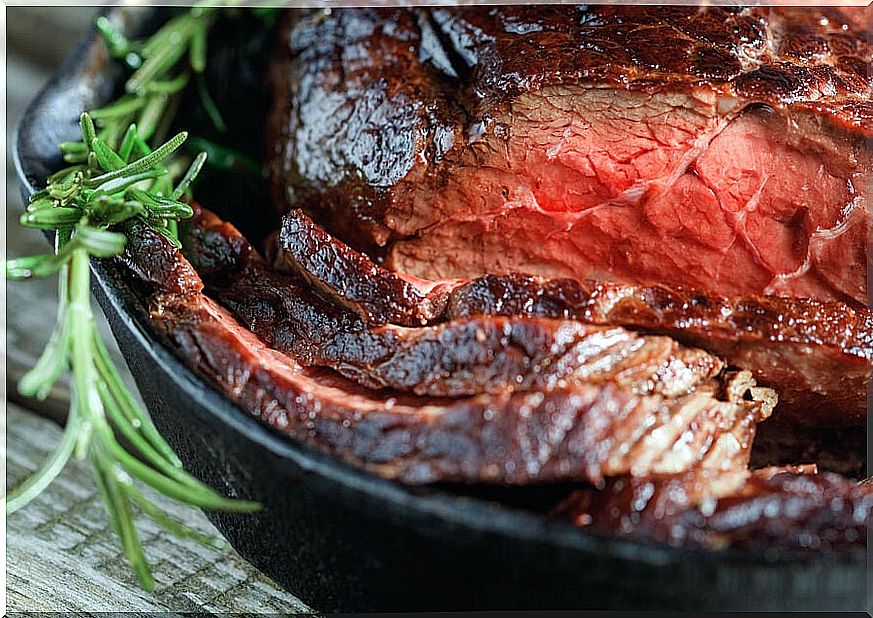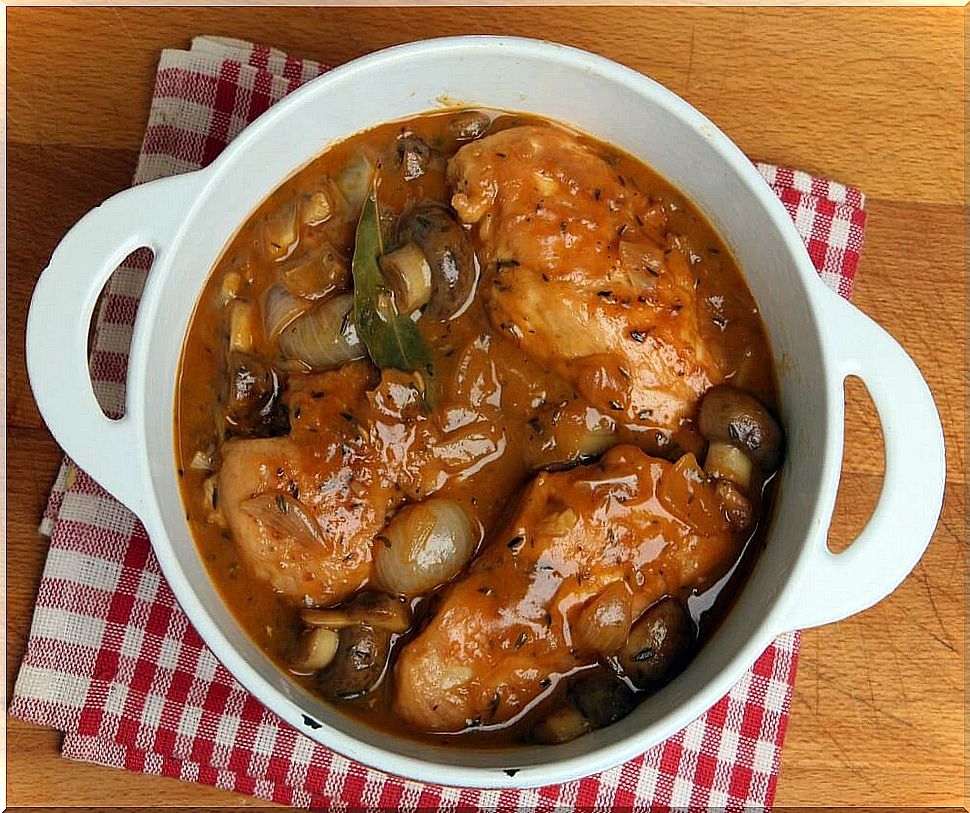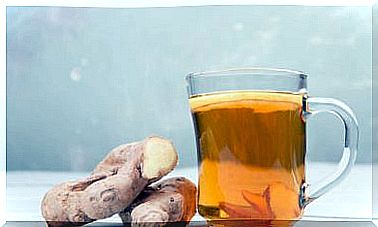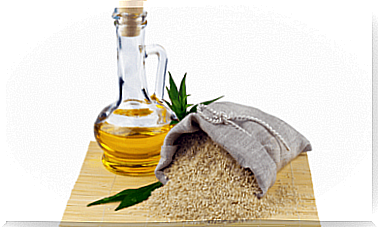4 Healthy Ways To Prepare Pork
Pork is an excellent source of protein. Depending on the way the animal is fed, the fat it contains will be saturated or polyunsaturated. Therefore, the acorn-fed Iberian pig is of higher quality than that fed on feed. Therefore, depending on their diet, it can be considered red meat (fed with feed) or white meat (with fruits).
The most common ways of preparing this meat do not usually coincide with the healthiest. It is often eaten breaded or battered and fried. In this way, in addition to increasing the acrylamide content of the product, its caloric density is enhanced.
We present below 4 healthy ways to prepare this meat. With these methods it will not lose its properties nor will the caloric density of the product be altered.
The 2 Most Popular Healthy Ways to Prepare Pork
Grilled
A fairly common way. The key in this case is to find the perfect doneness. Use pieces of the appropriate thickness (about 2 cm) and mark them on the outside, leaving the inside slightly red. It is important not to burn or brown the meat excessively to avoid the formation of acrylamide that clouds the quality of it.
In these situations you can marinate the meat with garlic and spices. In this way, the polyphenol content of the product is increased and therefore its antioxidant capacity. It also adds an interesting flavor. To improve the presentation and the nutrient content, it can be an excellent option to sauté some vegetables to accompany them, or to steam them.
Baked
Another cooking method that requires very little oil to carry out. In this case it is convenient that the cooking is slow and the temperature does not exceed 180 degrees. The marinades are once again interesting and can be accompanied with a garnish of vegetables or potatoes.
In this way, it is possible to enhance the flavor of the meat and obtain a palatable end product rich in nutrients. The protein and vitamin B12 and folic acid content is interesting, along with certain minerals such as zinc.
It is essential that the meat does not brown excessively or burn. For this it is always a good idea to puncture or cut it every little time to check that the inside is juicy. Ideally, the outside is marked and the inside is tender and soft. Coarse salt improves this type of preparation.

Other healthy ways to prepare pork
In rice or couscous
Pork is an excellent source of protein, but if in addition to the protein intake you need a good source of carbohydrates, try adding pork to your rice and couscous. Ideally, mark it a little on the plate before adding it to the preparations. The best cooking is over low heat and these types of dishes admit different types of spices.
The key to these dishes is to resist the temptation to accompany them with aioli-type sauce so as not to increase the caloric content. They are preparations that also accept vegetables to improve the amount of vitamins and antioxidants. They present a good cold conservation in the refrigerator. Cover them with plastic wrap so that they do not dry out and they will last 2 or 3 days without problem.
In stew
In this case we have a traditional preparation method that combines the carbohydrate from the potato with the protein and the vegetables. It is a form of slow cooking that does not spoil the product or deteriorate it. The lower the temperature and the longer the cooking time, the better.

Potatoes can be added with or without skin and the meat and potato content should be more or less similar. This dish also accepts vegetables such as carrots and different types of spices. It is an optimal preparation for winter periods, since it is usually consumed very hot and with the broth from the cooking itself.
Another point in favor of this type of elaboration is that they can be frozen. This allows them to be stored for a long time and consumed punctually since all their properties and flavor are perfectly preserved. In this way, it is a good idea to produce a large quantity of product and pack it individually for later conservation.









